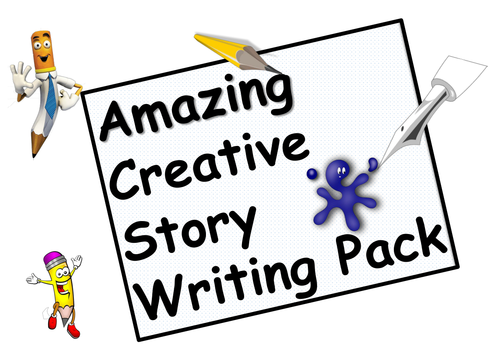Storytelling imagery is a captivating tool that has been used for centuries to transport readers and listeners to new worlds, ignite their imagination, and evoke powerful emotions. By painting vivid pictures in the minds of its audience, storytelling imagery allows individuals to connect with the narrative on a deeper level, making it an essential element of any engaging story. In this article, we will explore the significance of storytelling imagery and how it can be effectively incorporated into various forms of storytelling.
At its core, storytelling imagery involves using descriptive language and sensory details to create a mental picture that resonates with the audience. Through carefully selected words and phrases, storytellers weave a tapestry of images that engage the senses. This technique allows readers to experience the story as if they were actively present, heightening their emotional response and fostering a more profound connection with the narrative.
One of the most prominent advantages of storytelling imagery is its ability to transport individuals to different times, places, and situations. Whether it is a fantastical world with mythical creatures or a historical era long gone, the power of imagery allows readers to suspend their disbelief and fully immerse themselves in the story. By vividly describing the sights, sounds, tastes, smells, and textures of these distant realms, storytellers take their audience on a thrilling journey beyond the confines of reality.
Moreover, storytelling imagery has a unique ability to evoke emotions within the reader. By painting a clear picture of a character’s feelings or the atmosphere of a particular scene, imagery enables individuals to empathize with the protagonist’s joys, sorrows, fears, and triumphs. For instance, a skilled storyteller may use descriptive imagery to convey the awe-inspiring Beauty Surrounds Us of a sunset, triggering a sense of tranquility and wonder in the reader. Similarly, a depiction of a character’s despair or heartbreak can evoke empathy and create a lasting impact.
 Furthermore, imagery can be employed to enhance the overall theme or message of a story. By using symbols or metaphors, storytellers can convey abstract concepts in a more tangible and relatable way. For example, a recurring image of a butterfly emerging from its cocoon may symbolize personal growth and transformation. Through such imagery, the author communicates complex ideas and emotions in a manner that resonates with the audience, leaving a lasting impression.
Furthermore, imagery can be employed to enhance the overall theme or message of a story. By using symbols or metaphors, storytellers can convey abstract concepts in a more tangible and relatable way. For example, a recurring image of a butterfly emerging from its cocoon may symbolize personal growth and transformation. Through such imagery, the author communicates complex ideas and emotions in a manner that resonates with the audience, leaving a lasting impression.

In conclusion, storytelling imagery is a fundamental component of any captivating narrative. By painting vivid mental pictures, it transports readers and listeners to different worlds, evokes powerful emotions, and enhances the overall theme of the story. Whether in literature, film, or other forms of storytelling, the power of imagery is undeniable. So, the next time you embark on a storytelling endeavor, embrace the magic of imagery and watch as your audience becomes enthralled by the power of your words.





